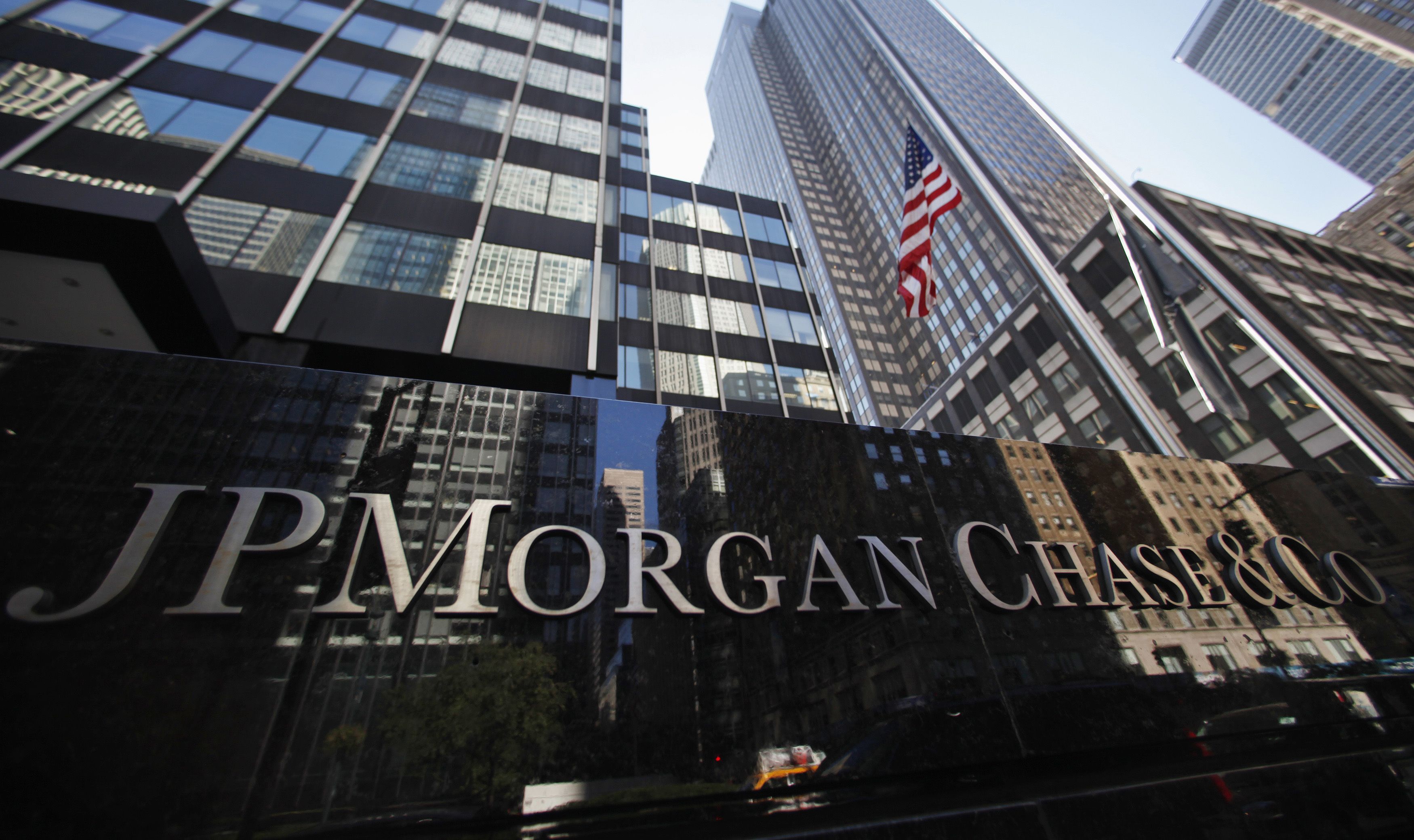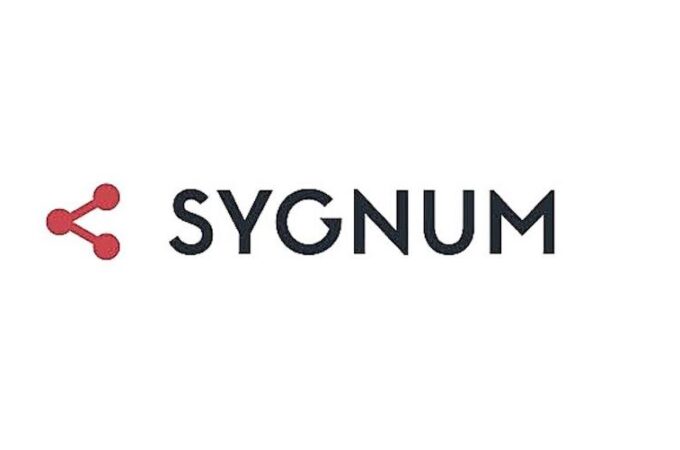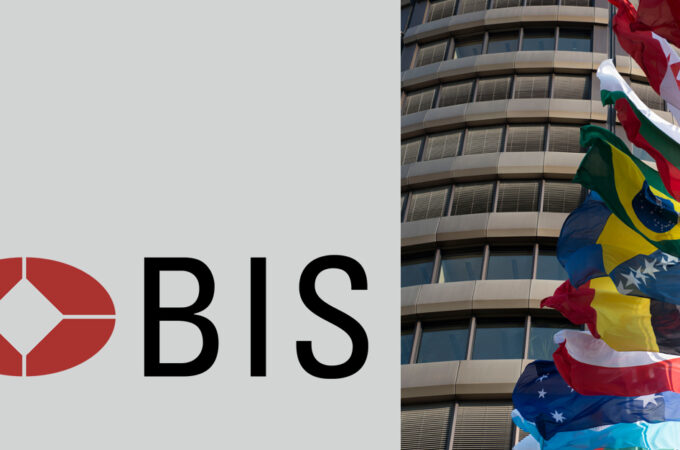
Five Proven Strategies to Bulletproof Your Online Banking, Regardless of Your Bank
In the age of digital transformation, online banking such as personal online banking in Hoquiam, WA has revolutionized how we manage our finances. It offers unparalleled convenience and flexibility, allowing us to check credits, settle bills and transfer funds from the comfort of our homes or while on the go. However, this convenience comes with a caveat: the ever-present threat of cyberattacks and fraud. Cybercriminals are becoming increasingly sophisticated; even the most reputable banks can fall victim to security breaches.
Hence, it is critical to take assertive steps to fortify your online banking activities, irrespective of your choice of bank. In this article, we’ll delve into five in-depth plans that will entrust you to enhance your online banking security and ensure a safe and secure financial experience.
Two-Factor Authentication (2FA): The Unyielding Guardian of Your Account
Two-factor authentication, 2FA, is your digital fortress against unauthorized access. It elevates security by necessitating a password and a secondary verification method. This could be a time-sensitive code sent to your mobile device, a confirmation email or even biometric authentication such as fingerprint or facial recognition.
While SMS-based 2FA is widely used, opting for a dedicated authentication app like Google Authenticator or Authy is advisable for superior security. These apps generate one-time codes that expire quickly, making it significantly harder for attackers to access your account, even if they have your password.
Continuous Account Monitoring: The Art of Staying Ahead
Vigilance is the cornerstone of online banking security. Most banks offer account activity alerts and notifications as part of their online banking services. You must thoroughly check these necessary security features when you compare the best challenger banks in the UK to receive real-time updates on transactions, account modifications and login attempts—Configure alerts for significant transactions, international transfers or any changes to the account details.
Platforms like Moneyzine help you compare each of the banks by listing their features and security. These platforms also closely monitor the banks’ functioning and collect genuine customer case studies so that one can rapidly identify suspicious activities and promptly notify you, thwarting potential financial losses.
Password Practices: The Secure Vault of Your Digital World
Passwords serve as the first line of defence against cyber threats. However, many individuals still resort to weak, easily guessable passwords or recycle them across multiple accounts, inadvertently exposing themselves to risk. Construct robust passwords that blend uppercase and lowercase letters, digits and unique symbols to bolster your online banking security.
Avoid using common words, phrases, birthdays or readily accessible personal information. You should regularly rotate passwords and contemplate utilizing a dependable password manager to generate and securely store intricate passwords for all your accounts.
Device and Network Security: Shielding Digital Entry Points
The strength of online banking security hinges on the devices and networks you employ for account access. Ensure that all your devices are fortified with the latest antivirus software and that you diligently apply security patches. Keep your operating system, web browsers and banking apps updated to mitigate known vulnerabilities.
It is imperative to refrain from conducting online banking transactions while connected to public Wi-Fi networks, as they are frequently less secure and can expose sensitive information to potential eavesdroppers. Instead, opt for trusted networks or employ a Virtual Private Network (VPN) for a supplemental layer of security.
Knowledge is Power: Arm Yourself with Information
Knowledge is a powerful weapon in the ongoing battle against cyber threats, especially in online banking. Staying informed about the latest risks and adhering to security best practices is crucial for safeguarding financial assets and personal information.
Fortunately, many banks provide valuable educational resources on their websites to help customers stay vigilant. These resources often include guidance on recognizing phishing emails, identifying malware and guarding against social engineering tactics.
By taking the time to familiarize yourself with this information, you empower yourself to be a more vigilant and responsible online banking user. Being able to spot and thwart potential threats is not just about relying on advanced security technologies; it’s also about your awareness and actions.
Final Note
Safeguarding your online banking activities is an imperative responsibility, regardless of your chosen banking institution. By implementing these five comprehensive strategies—activating 2FA, diligently monitoring your accounts, reinforcing your passwords, securing your devices and networks and staying informed—you can significantly mitigate the risk of falling prey to cyberattacks and fraud.
Remember, online security necessitates ongoing commitment and vigilance is the linchpin to safeguarding your financial well-being. Do not procrastinate; initiate fortifying your online banking security today to revel in a more unassailable and secure digital banking experience. Your economic tranquillity is worth every ounce of effort.





